If you’re a building, property or facilities manager in a gym, hospital, hotel, school, university, care home or any other commercial building then your responsibilities probably include water management, something that’s of vital importance from a health and safety point of view. Effective water management is critical when it comes to preventing legionella, pseudomonas and other similar infections. The government has records of almost 500 confirmed cases of legionella that originated within the UK (plus an additional 245 cases originating overseas), so it’s a serious issue. The Health and Safety Executive places obligations on organisations to assess, prevent or control the risk from legionella.
In this blog post I’m going to outline some of the ways in which a digital water management system such as the Conti+ CNX can help you meet your health and safety obligations and improve the effectiveness of your water management processes, as well as reducing the time and resource associated with maintaining a safe environment.
What is CNX?
The CONTI+ CNX is a digital water management system which enables the complete management of up to 150 connected products such as urinals, taps or showers. Tasks such as hygienic flushing and thermal disinfection can all be programmed, automated and controlled remotely. The system automatically controls and logs all safety routines and function checks, providing both reassurance to users of the quality management of the water system as well as a full audit trail of safety reports.
How does CNX help you meet your health and safety obligations?
- Addressing inadequate management, lack of training and poor communication – The HSE identifies human error caused by one of these factors as a significant contributory factor in many legionella outbreaks. A manual process is only as good as the people who’re implementing it. If you’re relying on maintenance staff to patrol round your premises flushing devices one-by-one then there’s always the risk that they don’t flush for long enough, or at the correct temperature, or that they miss a device altogether. CNX takes away any uncertainty associated with a manual process and completely removes the risk of human error. You know precisely which taps were run, when, for how long and at what temperature. The settings for flush duration, interval and water run on time for every tap installed in the system can be set via a mobile device or PC.
- Keep and maintain correct records – If you have more than five employees then the HSE requires you to record the results of your legionella risk assessment as well as any steps taken to prevent or control risks. The CNX system gives you a complete digital audit trail of which devices were flushed and when. No more clipboards and manual note taking – you can see at a glance what the current status of your system is and you’ll have a full audit log of flush times and tap temperatures. CNX also gives you essential proof of safety reports, all of which can be easily saved in PDF format and sent quickly to anyone who needs to see them.
- An accurate picture of your system – If you cannot prevent the risk of legionella completely then the HSE requires you to put in place a written control system including a description of your system, for example by developing a schematic diagram. The CNX system can make this process much simpler by providing a user-friendly overview of all networked taps, showers and other relevant devices in the building. Taps that have been linked to the network can be located and controlled via a WLAN connected tablet or laptop, either individually or in groups. The tap operating status, forthcoming action and notifications are all clearly visible on the display.
- Simplify the process of auditing your system – HSE requires risk assessments to be conducted and regularly reviewed. Because CNX eliminates the need to have a worker manually flushing each device, one by one, the time it takes to conduct a full audit of your system can be cut from 1-2 days to under an hour.
- Reduce water usage – health and safety is clearly the highest priority, but organisations also have a responsibility to reduce their water usage and environmental impact as much as possible, and the CNX system can also help with that. Manual flushing means that, for example, the first shower in a line will run for longer than it needs to thus using more water than is necessary. With CNX you only use as much water as is needed, so there’s no more water wastage through excessive flushing.
There’s more information about the CNX water management system here or call us so we can discuss your requirements, assess your premises and make recommendations on how suitable Conti+ CNX might be for your requirements.




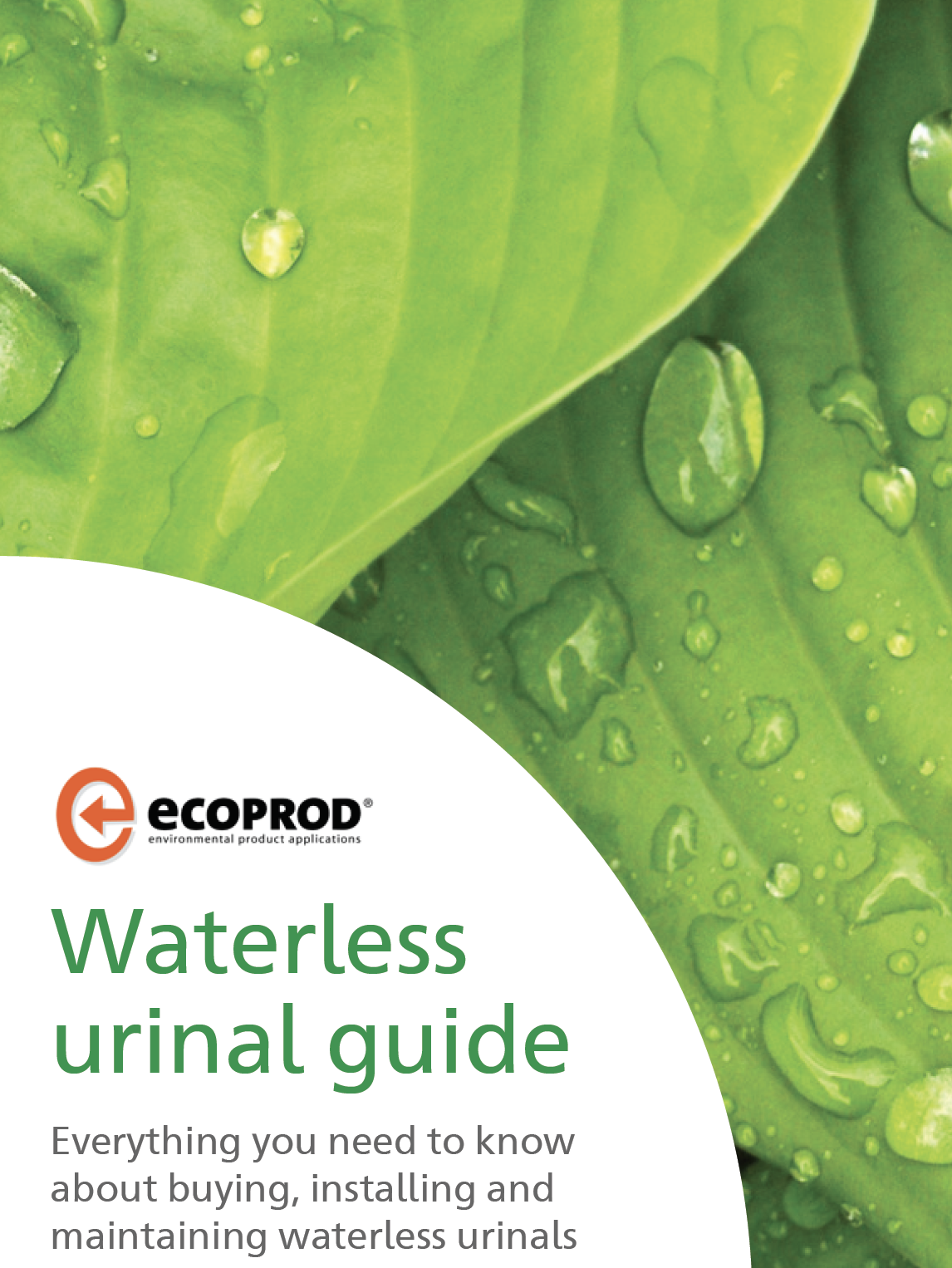

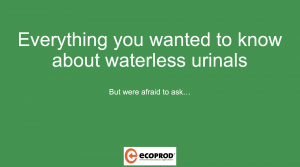
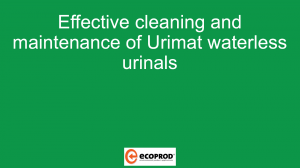





 For the last 8 years Robert Summer – Head of International Sales and Marketing – has developed structured distribution network worldwide for CONTI+ brand. The products offer great benefit for washrooms and shower rooms for public, semi-public and health sector. Today, sustainability, hygiene and smartness are key to CONTI+ solutions. Robert lives the brand and its USPs and loves to support and motivate his team on a daily basis.
For the last 8 years Robert Summer – Head of International Sales and Marketing – has developed structured distribution network worldwide for CONTI+ brand. The products offer great benefit for washrooms and shower rooms for public, semi-public and health sector. Today, sustainability, hygiene and smartness are key to CONTI+ solutions. Robert lives the brand and its USPs and loves to support and motivate his team on a daily basis.




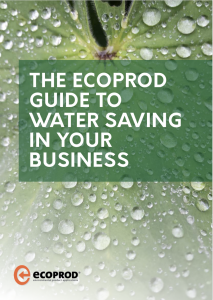
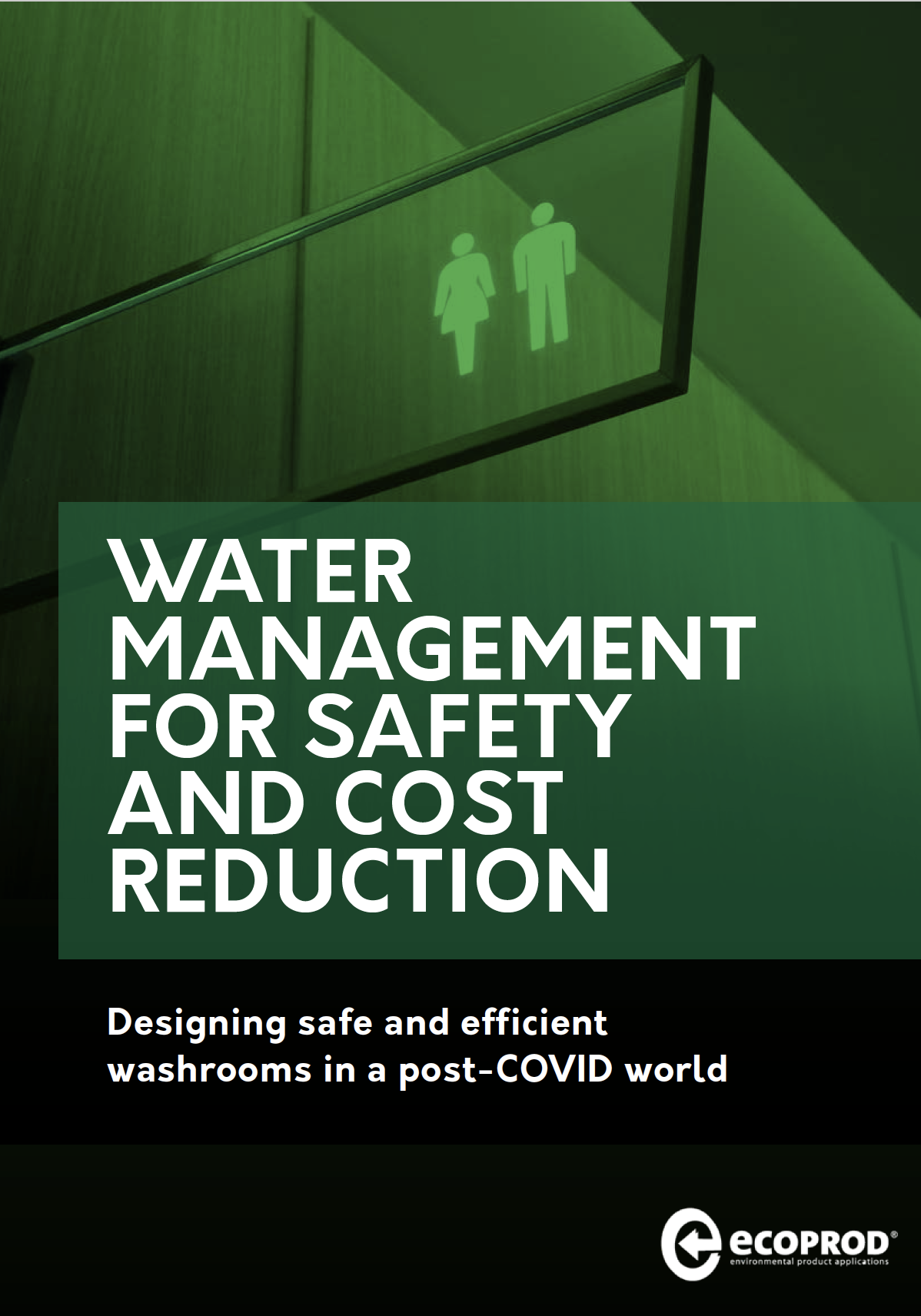

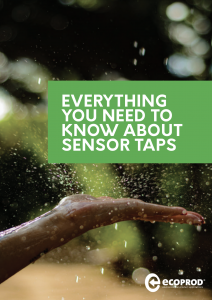

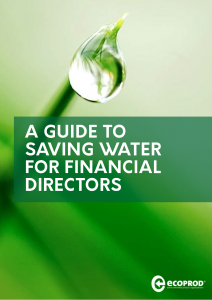
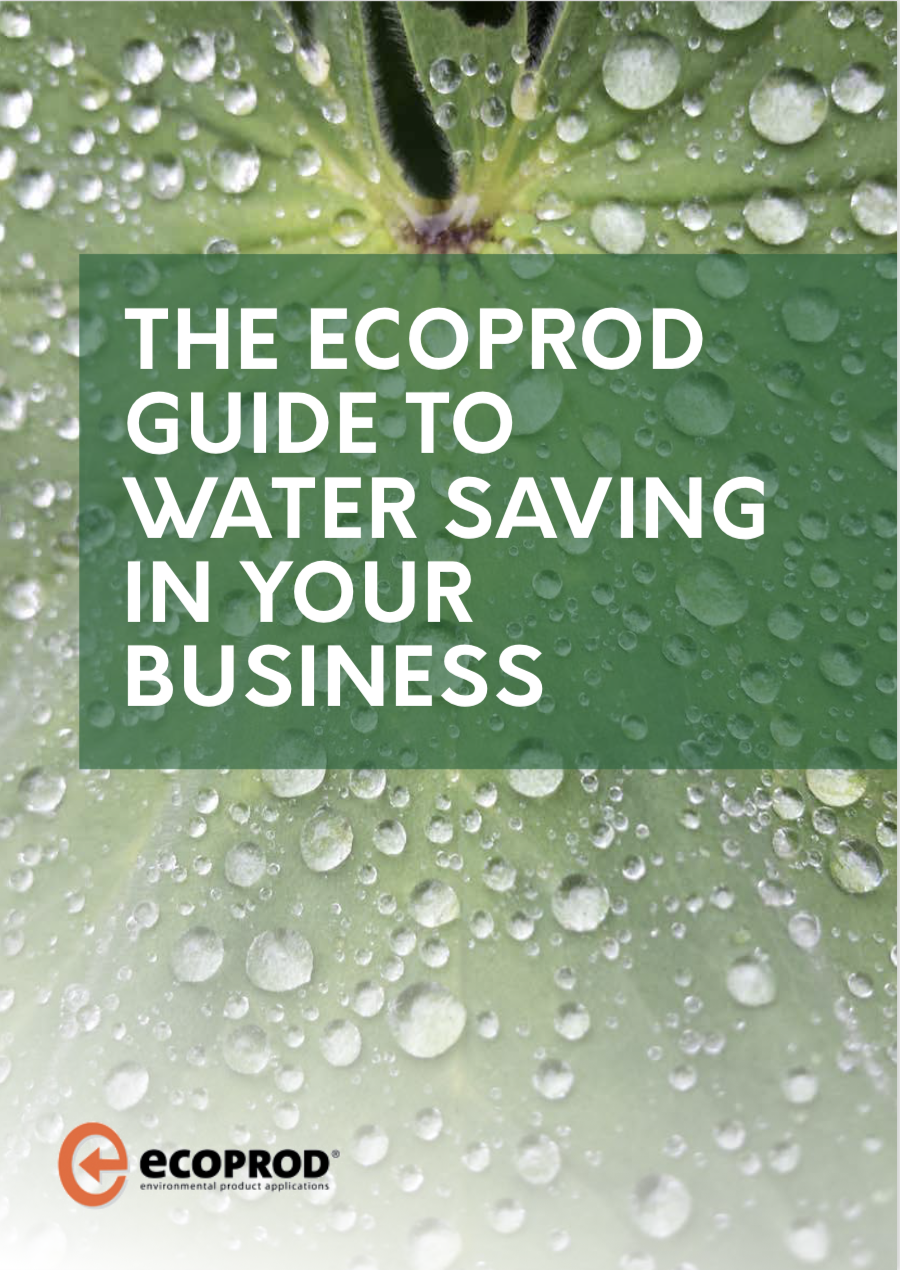
Comments are closed.